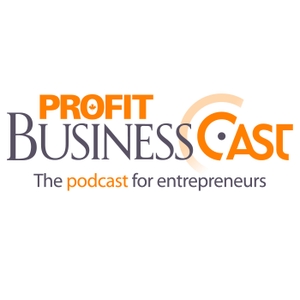
9 Key Questions About Equity Crowdfunding Answered
02.04.2016 - By PROFIT Magazine & PROFITguide.com
Download our free app to listen on your phone
Crowdfunding used to be a way for companies to generate some orders and build some buzz around their products pre-release. But thanks to regulatory changes that took effect in five provinces last month, businesses can now offer backers equity instead of T-shirts and tokens.
“It’s a whole new regime, and it’s going to present a different avenue for issuers to raise capital,” says Graham Topa, an associate at Aird & Berlis LLP. The new crowdfunding rules apply across Ontario, Manitoba, Quebec, New Brunswick and Nova Scotia.
Topa and Aird & Berlis partner Rebecca Kacaba weighed in as part of the first in a short series on the new equity crowdfunding regime and its implications for companies looking to raise capital. Here are nine things you should know from the outset about this novel source of financing.
Which exemption should I use?
To raise money in exchange for equity, companies would normally have to produce extensive disclosure documentation (called a prospectus) and meet strict ongoing reporting obligations. But there are exemptions to these requirements. “Equity crowdfunding is an additional exemption that gives people the opportunity to raise capital in a different way,” explains Kacaba. Select the exemptions you plan to call on for your funding rounds with care, or you risk boxing yourself out of money, she cautions.
Equity crowdfunding is a tradeoff. It gives you access to a wider base of investors—the general public—but unlike previous exemptions, it does create certain reporting requirements. “If you’re dealing with somewhat sophisticated investors … it may be beneficial to rely on other exemptions, because there’s a cost-saving benefit,” Kacaba says.
When should I do it?
Some entrepreneurs don’t have access to the traditional source of startup capital, friends- and family-financing. “Before they can show revenues, it can be really tough,” Kacaba says. That’s a gap in the funding ecosystem that the new regime could help to fill. “The way we see the crowdfunding exemption being used is really at the early stages of a company’s life cycle,” says Kacaba.
Who can invest?
The new regime imposes different limits on accredited and non-accredited investors. The former category, which consists of individuals who hold a high level of assets or meet certain financial tests, can put up a maximum of $25,000 per investment up to a total of $50,000 per year when using the crowdfunding exemption. (They can also invest via the accredited investor exemption, but that doesn’t count towards this limit). Non-accredited investors are limited to $2,500 per issuer and $10,000 a year.
How much can I raise?
Just like investors, companies seeking financing through the new exemption are confined by annual limits. “An issuer can raise up to $1.5 million in any 12 month period relying on the crowdfunding exemption,” says Topa.
Where do I find investors?
An company looking to raise money via equity crowdfunding must register with a restricted dealer funding portal. These organizations act as gatekeepers between issuers and investors, conducting background checks and reviewing materials to ensure there’s no misrepresentation on the part of the company seeking funding. Pass, and you’ll be listed on the portal.
But don’t expect a plug from your dealer. “A crowdfunding portal is not giving you any kind of opinion on the investment,” Kacaba notes. “It’s just checking the boxes and making sure the issuer has met the compliance requirements, and that they don’t have any background of fraud.”
Can I advertise my listing?
Kickstarter and Indiegogo campaigns often employ flashy videos and social media advertising to draw in backers. But companies undertaking equity crowdfunding can use no such tactics says Topa. “They would have to basically just direct prospective purchasers [to] the crowdfunding portal, and all information and all materials relating to that offering have to go through the portal only,” he says.

